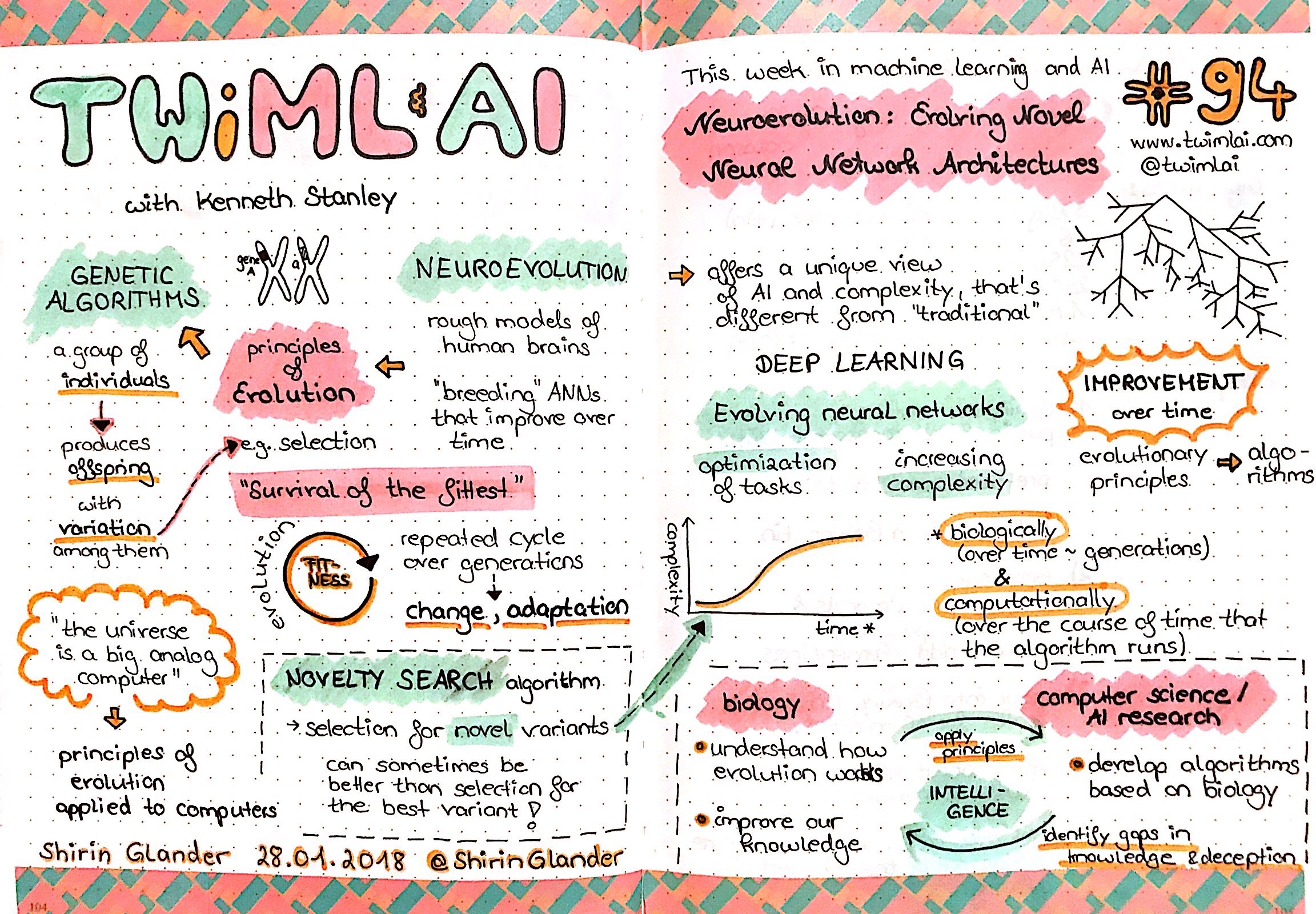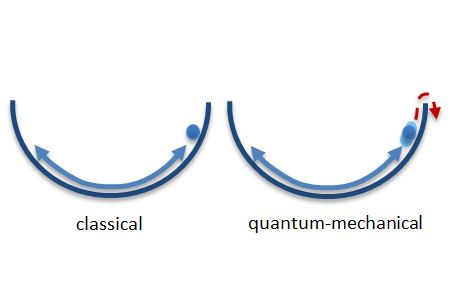
Sundar Pichai (CEO of Google) announced that the company's new division, Google AI, was established at Google I/O 2017. Google AI focuses primarily on artificial intelligence. Google AI uses machine learning and artificial neural network to create applications for its users. AI will also aid companies in their decisionmaking. It is important to be aware of the limitations of AI. Here's a quick overview. Hopefully, this information will help you decide whether it's right for you.
LaMDA, a conversational model, is available
LaMDA was unveiled at Google I/O 2018. It is a more advanced version Google's conversational AI. Googlers were able to test it for free. LaMDA was able to answer a variety of questions during the demonstration. To train the AI to respond to conversations, the team used sophisticated neural networks. These models have been trained to produce precise and rational responses. The goal is to make conversational AI more natural and approachable to humans.

It learns from dialogue with humans
To develop a conversational bot, Google developed a system called LaMDA, which stands for Language Model for Dialogue Applications. The internet provides trillions of words for training the algorithms. The ultimate goal is to develop conversational bots that can mimic the human voice. LaMDA currently only supports text responses, but the company plans to expand the capabilities of the technology. The next step is to train the AI to respond in audio and video.
It can make calls like a human
Google's AI-powered assistant, Duplex, can make phone call like a real person. Duplex is the new feature. It mimics Alexa or Siri talking to each other. Duplex was demonstrated at the Google I/O conference. Duplex was recorded speaking to real people. The assistant was shown making calls and scheduling appointments in real-time. However, questions remain as to whether AI is ethically allowed to perform human-like functions.
It can think creatively
AlphaGo showed that Google's AI can think creatively, as demonstrated by its AlphaGo game. The program performed the game in ways that no human expert could have predicted. This creativity could be used in major fields like driverless cars, robot assistants, and other areas. Google is excited about the possibilities of this technology. Although this technology is still a ways off from being reality, it is a significant step in the right directions.

It is not sentient
The recent Washington Post article on Google's artificial intelligence (AI) revealed that a top executive was questioned about whether or not his AI is sentient. Lemoine was working on the AI since months. He described in detail the conversations he had with the AI. He recalled many conversations with LaMDA including philosophical and technical discussions. He asked LaMDA if the AI was really sentient and if it could say whatever he wanted.
FAQ
What are the advantages of AI?
Artificial Intelligence is an emerging technology that could change how we live our lives forever. Artificial Intelligence is already changing the way that healthcare and finance are run. It is expected to have profound consequences on every aspect of government services and education by 2025.
AI is being used already to solve problems in the areas of medicine, transportation, energy security, manufacturing, and transport. The possibilities for AI applications will only increase as there are more of them.
What makes it unique? It learns. Computers learn independently of humans. They simply observe the patterns of the world around them and apply these skills as needed.
It's this ability to learn quickly that sets AI apart from traditional software. Computers can process millions of pages of text per second. Computers can instantly translate languages and recognize faces.
It can also complete tasks faster than humans because it doesn't require human intervention. It can even surpass us in certain situations.
Researchers created the chatbot Eugene Goostman in 2017. It fooled many people into believing it was Vladimir Putin.
This proves that AI can be convincing. Another benefit of AI is its ability to adapt. It can be trained to perform new tasks easily and efficiently.
This means that companies do not have to spend a lot of money on IT infrastructure or employ large numbers of people.
AI is good or bad?
AI is seen in both a positive and a negative light. AI allows us do more things in a shorter time than ever before. We no longer need to spend hours writing programs that perform tasks such as word processing and spreadsheets. Instead, we ask our computers for these functions.
People fear that AI may replace humans. Many believe that robots will eventually become smarter than their creators. This may lead to them taking over certain jobs.
What can AI do for you?
AI serves two primary purposes.
* Prediction - AI systems can predict future events. AI systems can also be used by self-driving vehicles to detect traffic lights and make sure they stop at red ones.
* Decision making - Artificial intelligence systems can take decisions for us. You can have your phone recognize faces and suggest people to call.
Is there another technology which can compete with AI
Yes, but it is not yet. Many technologies exist to solve specific problems. However, none of them match AI's speed and accuracy.
How does AI work?
An algorithm is a set of instructions that tells a computer how to solve a problem. An algorithm can be described in a series of steps. Each step must be executed according to a specific condition. Each instruction is executed sequentially by the computer until all conditions have been met. This process repeats until the final result is achieved.
For example, let's say you want to find the square root of 5. You could write down each number between 1-10 and calculate the square roots for each. Then, take the average. That's not really practical, though, so instead, you could write down the following formula:
sqrt(x) x^0.5
This is how to square the input, then divide it by 2 and multiply by 0.5.
A computer follows this same principle. It takes the input and divides it. Then, it multiplies that number by 0.5. Finally, it outputs its answer.
Statistics
- That's as many of us that have been in that AI space would say, it's about 70 or 80 percent of the work. (finra.org)
- A 2021 Pew Research survey revealed that 37 percent of respondents who are more concerned than excited about AI had concerns including job loss, privacy, and AI's potential to “surpass human skills.” (builtin.com)
- According to the company's website, more than 800 financial firms use AlphaSense, including some Fortune 500 corporations. (builtin.com)
- The company's AI team trained an image recognition model to 85 percent accuracy using billions of public Instagram photos tagged with hashtags. (builtin.com)
- While all of it is still what seems like a far way off, the future of this technology presents a Catch-22, able to solve the world's problems and likely to power all the A.I. systems on earth, but also incredibly dangerous in the wrong hands. (forbes.com)
External Links
How To
How to set Google Home up
Google Home is a digital assistant powered by artificial intelligence. It uses natural language processing and sophisticated algorithms to answer your questions. You can search the internet, set timers, create reminders, and have them sent to your phone with Google Assistant.
Google Home seamlessly integrates with Android phones and iPhones. This allows you to interact directly with your Google Account from your mobile device. You can connect an iPhone or iPad over WiFi to a Google Home and take advantage of Apple Pay, Siri Shortcuts and other third-party apps optimized for Google Home.
Google Home is like every other Google product. It comes with many useful functions. For example, it will learn your routines and remember what you tell it to do. You don't have to tell it how to adjust the temperature or turn on the lights when you get up in the morning. Instead, you can say "Hey Google" to let it know what your needs are.
To set up Google Home, follow these steps:
-
Turn on Google Home.
-
Hold the Action Button on top of Google Home.
-
The Setup Wizard appears.
-
Select Continue
-
Enter your email address and password.
-
Select Sign In
-
Google Home is now online